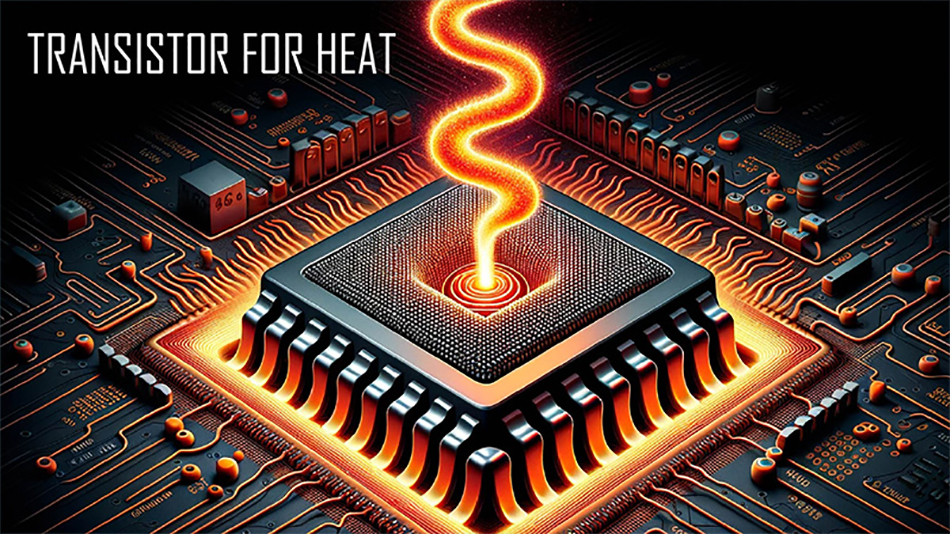Groundbreaking Thermal Management in Semiconductors Achieved by UCLA Researchers

To better semiconductor thermal management, UCLA researchers developed an unprecedented solid-state thermal transistor. Transistors have been a cornerstone of information technology since their invention at Bell Labs in the 1940s. An electric field is used to modulate heat in this novel finding. The research describes how this novel device works and forecasts its importance in enhancing computer chip performance through heat control. UCLA researchers solved a long-standing physicists’ and engineers’ difficulty by merging atomic-level design with molecular engineering to build a new heat control paradigm with fast switching.
Introduction to Thermal Transistor Technology
The novel solid-state thermal transistor created by the UCLA research team uses an electric field to actively control and modulate the flow of heat in semiconductor devices. This component stands out by utilizing an electric field to regulate heat flow within semiconductor devices, a technique reminiscent of the electrical field effect in traditional transistors. The innovation lies in its ability to actively manage heat, a critical aspect as electronic devices become increasingly smaller and more powerful, leading to greater heat generation. This technology represents a paradigm shift from conventional passive cooling methods, which have struggled to keep pace with the thermal dynamics of modern microelectronics. The section would lay the groundwork for understanding the significance of this development, setting the stage for the transformative impact it promises in semiconductor engineering and beyond.
The Mechanism and Design Principles
The mechanism behind UCLA’s thermal transistor is a marvel of modern engineering, leveraging the electric field effect to control heat movement through semiconductor materials. At its core, the device uses a third-terminal gate, akin to that of an electrical transistor, to initiate an electric field that alters thermal resistance at an atomic interface. This innovation enables the precise modulation of heat flow, akin to turning a valve to control water through a pipe. The design principles are rooted in molecular engineering, where a self-assembled monolayer acts as a conduit for thermal transport, enabling heat to be switched on and off with unprecedented speed and reliability. By harnessing the field effect on charge dynamics, the researchers have crafted a transistor that can continuously switch and amplify heat flux using minimal power—a significant leap forward from previous attempts at dynamic thermal regulation.
Impacts on Computing and Potential Applications
The advent of UCLA’s thermal transistor ushers in a new era for computing, potentially revolutionizing how heat is managed in densely packed semiconductors. With the ability to actively and rapidly control thermal conductance, this technology paves the way for computer chips that can operate at higher speeds and efficiencies, circumventing the overheating issues that currently throttle performance. The implications extend beyond computing; the transistor’s tunability and solid-state design make it compatible with integrated circuits, suggesting applications in a range of industries from electronics to aerospace. It could also play a pivotal role in the development of energy-efficient systems, where precise heat management is crucial. This technological leap offers a glimpse into a future where thermal management is as finely controlled as electrical signals in today’s devices.
Future Directions and Research Insights
UCLA’s thermal transistor research seems promising, indicating a watershed moment in both practical applications and theoretical knowledge. The researchers intend to mass-produce and incorporate this technology into next-generation semiconductor devices. Heat difficulties induced by increasing transistor density may be alleviated by using sustainable energy approaches in chip manufacture. Investigating how such heat management could duplicate or steer biological activities might lead to the discovery of live cell thermal regulation systems. The research team’s ongoing investigation of molecular-level interactions will increase the efficiency and performance of these heat transistors, leading to new applications in electronics and biology.